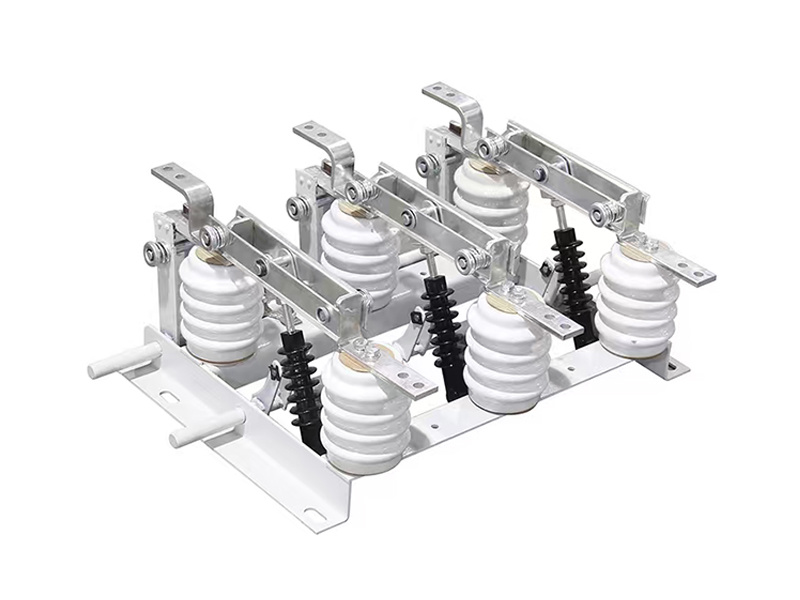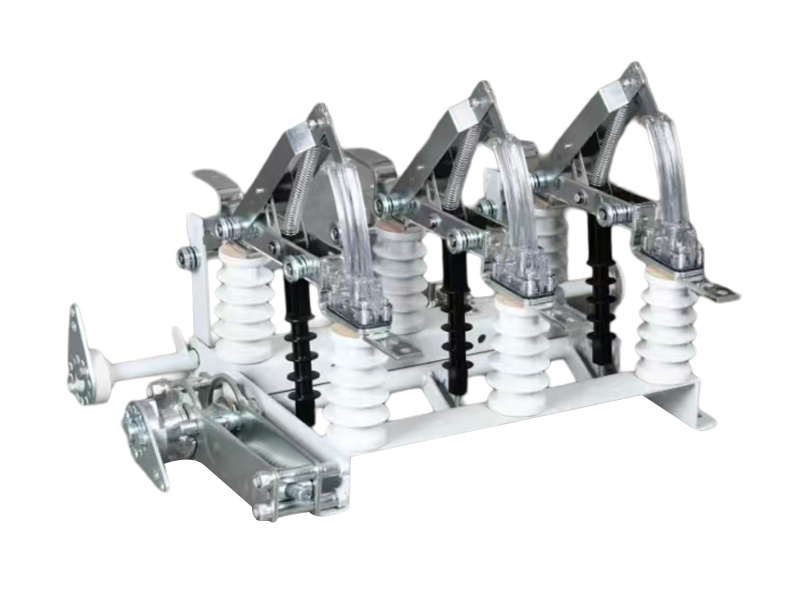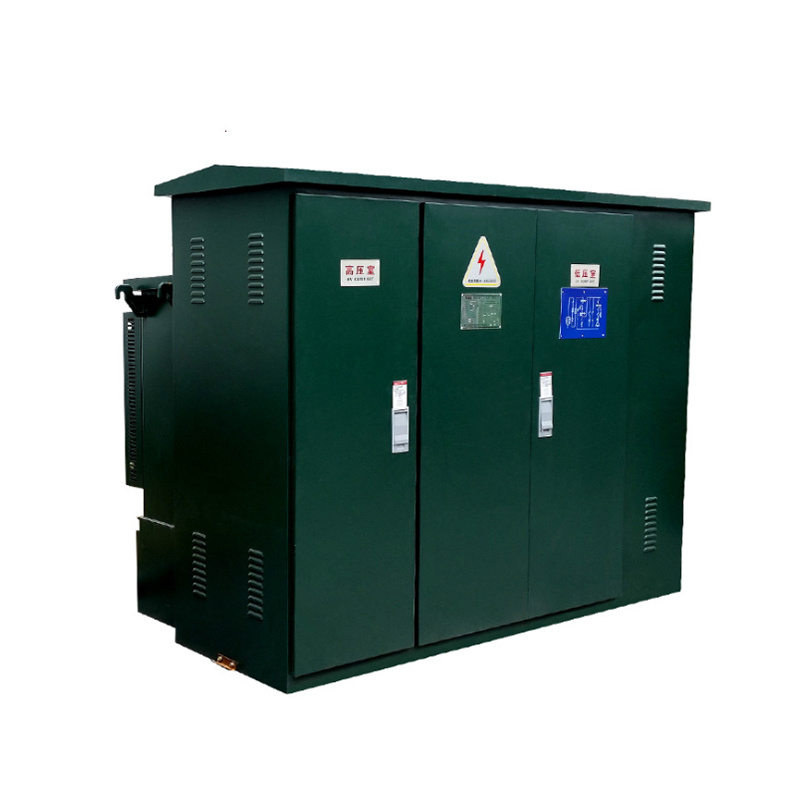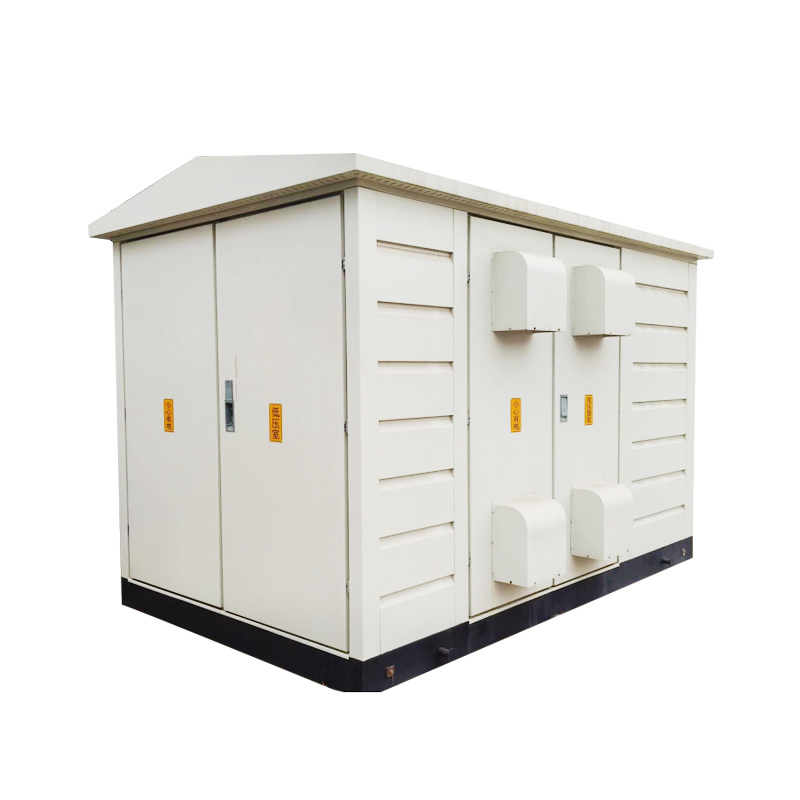Contact Us
Email:
WhatsApp:
JXF High and Low Voltage Distribution Cabinet
- Product Description
-
High and low voltage distribution cabinets are core distribution equipment in power systems used for receiving, distributing, controlling, and protecting high and low voltage electrical energy. They are widely applied in power generation, transmission, distribution, and consumption stages, serving as key infrastructure to ensure the safe and stable operation of power systems.
Core Structural Components
1. General Basic Structure
Cabinet enclosure: Made by welding/assembling cold-rolled steel plates or stainless steel plates, featuring dustproof, waterproof (some models with high IP protection rating), and electric shock protection functions. The cabinet surface is usually treated with plastic spraying for rust prevention; some high-voltage cabinets use metal enclosed armored structures (such as the KYN series high-voltage cabinets) to enhance insulation.
Cabinet door and operation panel: The cabinet door is equipped with mechanical interlock (to prevent live operation). The operation panel includes switch buttons, indicator lights, and meters (such as voltmeters, ammeters, power meters) to facilitate monitoring and control by maintenance personnel.
Busbar system: Divided into main busbars (collector busbars) and branch busbars, used to connect electrical components and transmit electrical energy; high-voltage busbars mostly use copper or aluminum bars (with surface insulation treatment), while low-voltage busbars commonly use copper bars (high current capacity and good conductivity).
Wiring and insulation accessories: Including insulated wires, cable terminals, insulators, wire ducts, etc., ensuring insulation between wires and between wires and the cabinet to prevent short circuits or leakage.
2. Core Components of High-Voltage Distribution Cabinets
High-voltage circuit breaker: The core switching component used to connect/disconnect normal high-voltage circuits or quickly interrupt current during faults (such as short circuits). Common types include vacuum circuit breakers (arc extinguishing medium is vacuum, suitable for 10kV level, oil-free, environmentally friendly) and SF₆ circuit breakers (arc extinguishing medium is SF₆ gas, strong insulation, suitable for 35kV and above high voltage).
High-voltage isolating switch: No arc extinguishing capability, used only for "isolating high-voltage power when unloaded" (such as disconnecting power during maintenance to form a clear disconnection point and ensure personnel safety), must be used in conjunction with circuit breakers.
High-voltage load switch: Between circuit breakers and isolating switches, can connect/disconnect normal load current but cannot interrupt short-circuit current, often used with fuses for short-circuit protection.
Protective components:
Current transformer (CT): Converts high-voltage large current proportionally to low-voltage small current (e.g., 5A) for instrument measurement and relay protection use;
Voltage transformer (PT): Converts high-voltage voltage proportionally to low voltage (e.g., 100V) for voltage monitoring and protection;
Relay protection devices (such as overcurrent relays, instantaneous trip relays): Monitor circuit faults (short circuit, overload, overvoltage), trigger circuit breakers to trip, protecting equipment and systems.
Earthing switch: Grounds the cabinet or busbar during maintenance to release residual charge and prevent electric shock.
3. Core Components of Low-Voltage Distribution Cabinets
Low-voltage circuit breaker (air switch): Core control and protection component, can connect/disconnect normal load current, and provides overload, short circuit, and leakage protection functions (some models with leakage protection are called "residual current circuit breakers"). Common types include molded case circuit breakers (MCCB, suitable for main circuits) and miniature circuit breakers (MCB, suitable for branch circuits such as household sockets and lighting circuits).
AC contactor: Used for frequent connection/disconnection of low-voltage circuits (such as controlling motor start/stop), operates contacts via electromagnetic coil attraction, has no protection function itself, needs to be used with thermal relays.
Thermal relay: Overload protection component for motors and other loads. When current exceeds rated value, internal bimetallic strip heats and bends, triggering contact disconnection, cutting off contactor coil power to protect the motor from overload damage.
Electric energy metering components: Including active energy meters and reactive energy meters, used to measure circuit electricity consumption. Some intelligent distribution cabinets are equipped with multifunctional power meters to monitor voltage, current, power factor, and other parameters in real time.
Residual current device (RCD): Monitors the current difference between "live wire and neutral wire" in the circuit. When leakage occurs (such as electric shock to a person) causing current difference to exceed the set value (usually 30mA), it quickly cuts off power (action time ≤ 0.1s) to ensure personal safety.
Core Execution Standards
High-voltage cabinets: "3.6kV~40.5kV AC Metal-Enclosed Switchgear and Controlgear" (GB 3906-2020)
Low-voltage cabinets: "Low-voltage Switchgear and Controlgear Assemblies Part 1: General Rules" (GB 7251.1-2013)
Safety protection: Must comply with IP protection ratings (such as IP30 for solid object protection, IP54 for dust and water protection) to ensure safe use in different environments.
Keywords:
Related Products
YB M/YB P Prefabricated Substation













